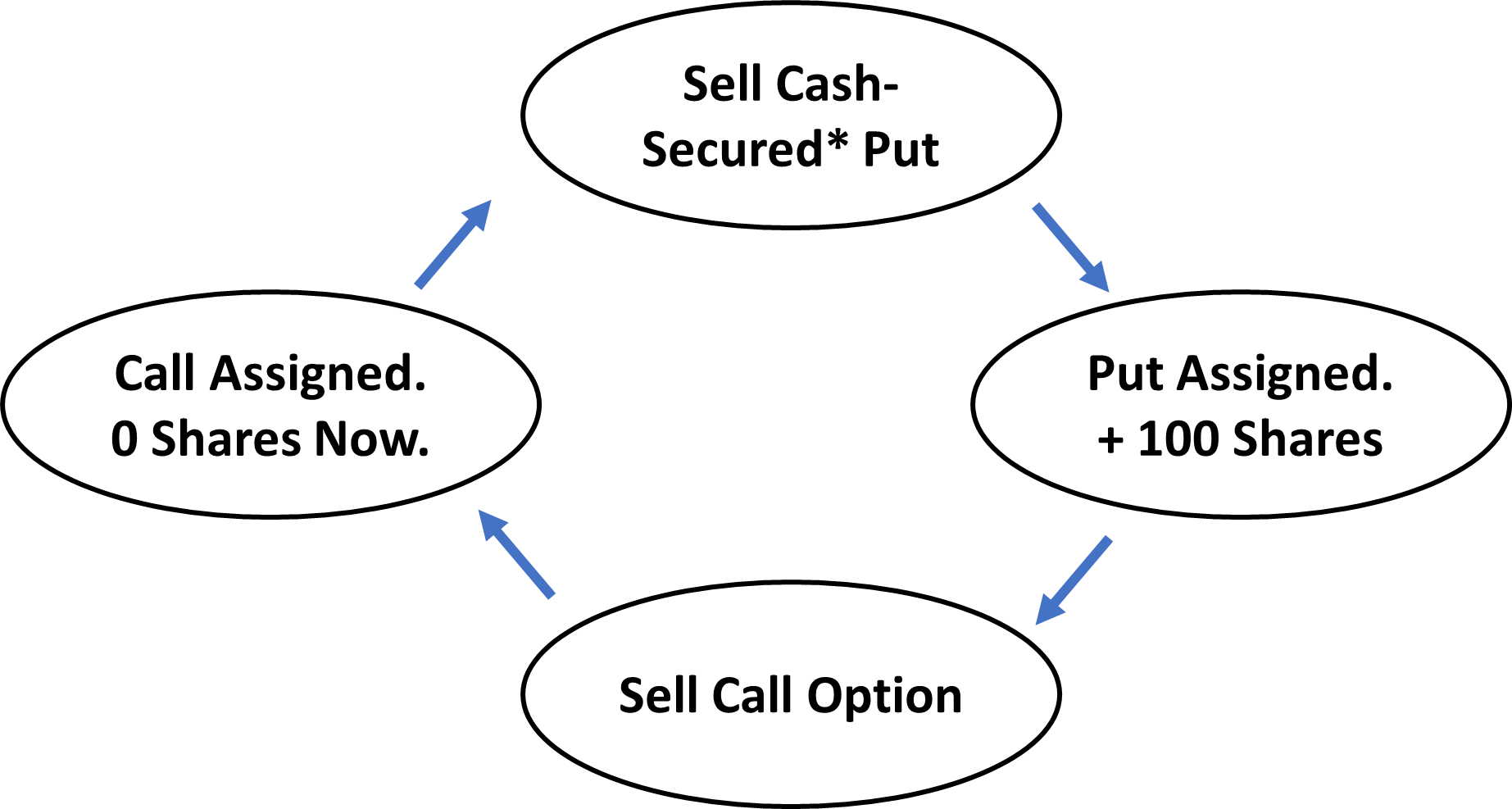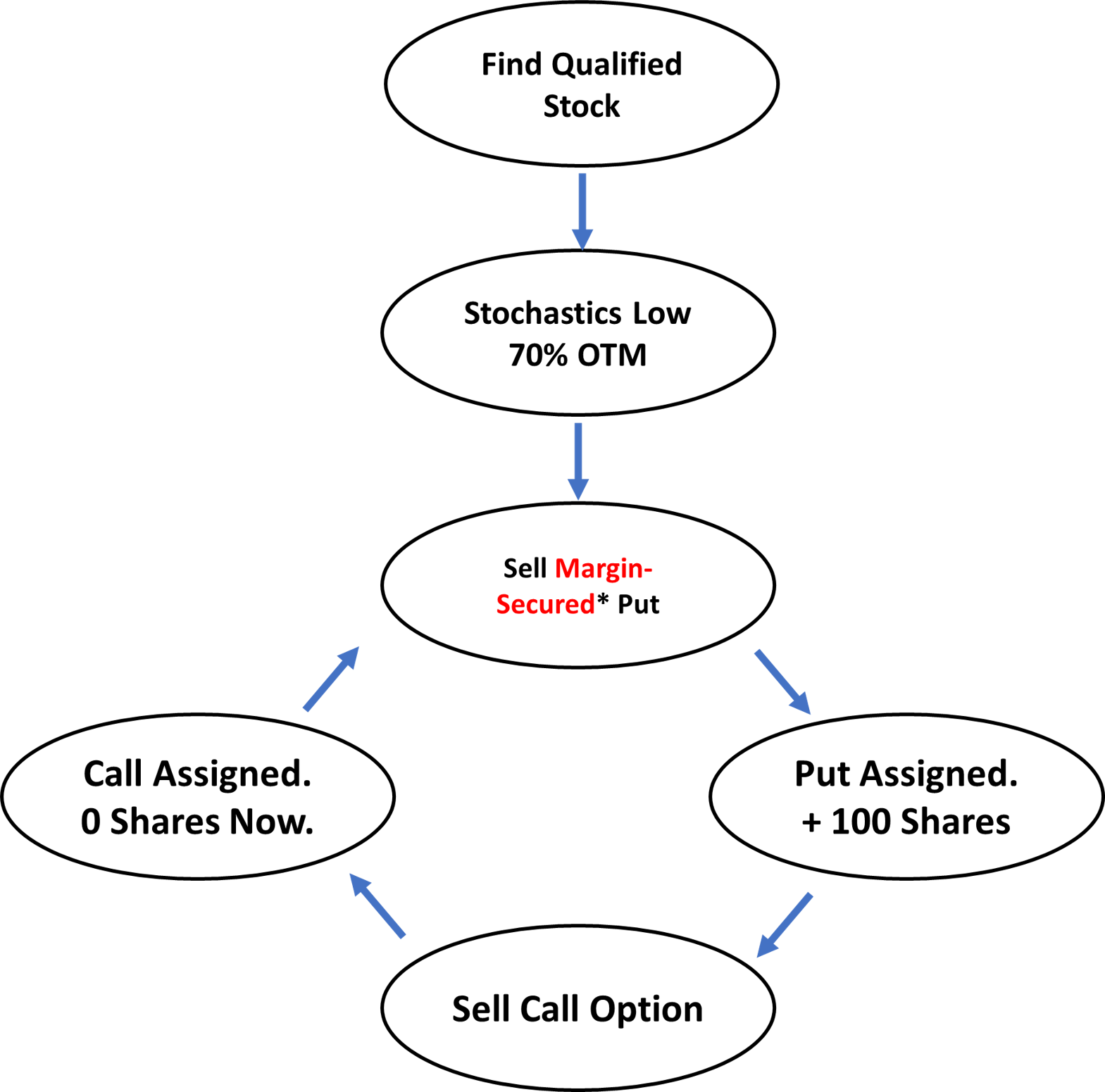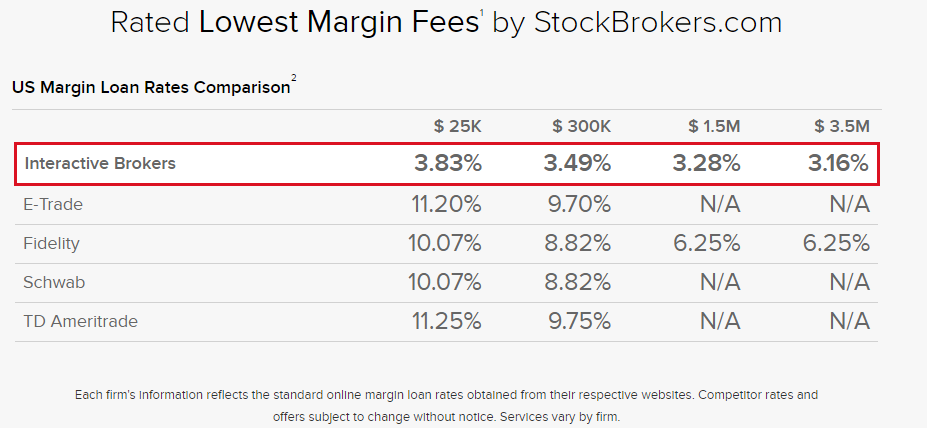There is one principle of building wealth, which anyone who master it will become very very wealthy.
In whatever that you do, your return on investment must be higher that your cost of borrowing.
Some of us may have a very hesitant mindset towards the borrowing of money. Because since young, we have been told that "borrowing is bad".
That could very well be the truth - if you didn't abide the principle that I just shared.
But if you do abide it, you could become very wealthy.
Imagine if I borrowed a $100,000 from the bank at an interest rate of 4% for 30 years.
In the course of 30 years, I invested that money in the stock market for an average annual return of 10%...
What would be return at the end of the year?
Your $100,000 which you borrowed would have grown to $1,744,940.23.
Even after paying back your initial $100,000 loan, you are still left with a ton of money.
But what is the actually cost of investment - the amount of money that you actually paid during the 30 years?
Well, it is 4% X $100,000 X 30 years = $120,000.
This means that I used $120,000 to make well over $1,000,000 in the course of the 30 years.
You might be thinking, "Gin, how do I even make 10% annually in the first place?"
Well, the answer is by investing in quality stocks in the first place, and using the option wheel strategy - how I started out in the first place.
For many years, I didn't dare to share this because people tend to use this strategy carelessly - but I figured, "He who is not courageous enough to take risks will accomplish nothing in life.".
After all, it is all about risk management - you will see what I mean in a bit.
Selling Options For Cash Flow - The Usual Way
The option wheel strategy is a cash-flow strategy, not a capital appreciation strategy.
So when you are using this strategy, you need to understand that you are doing this for cash flow and not for stock ownership. Let me explain how the typical option wheel strategy works.

Step 1:
Sell a cash-secured put - this means that if I sell a put option on Amazon for $150 - I should have at least $15,000 in cash. In return, you will collect option premium.
If Amazon is above the strike price of $150 at the end of expiry, repeat Step 1 - and yes collect option premium again.
Step 2:
If Amazon is below the strike price of $150, you will be exercised.
Congratulations - you now have 100 shares of Amazon at $150.
Step 3:
Sell a call option at the same strike price (i.e. $150) which you are assigned. In return, you will collect option premium (yet again).
If Amazon is below the strike price, repeat Step 3 - and yes, collect option premium again.
Step 4:
If Amazon is above the strike price, then your call option will be exercised.
You will have sold your 100 shares at $150.
Analysis:
What. You bought at $150 and sell for $150?
That's right. This strategy is not for capital appreciation.
It is for cash flow. The large amount of cash which you have been collecting over and over again.
Now, let's go through the Gin's way.
Selling Options For Cash Flow - The Gin's Way
When I share with people this strategy, one concern they have was, how do I even have $15,000 to sell a cash-secured put option.
I get it - I had the same concern years ago as well. This was how I worked my way through, while minimising my risk.

Now, all the steps remains the same, except that:
1. You need to do this strategy only on a qualified stock
2. With low stochastics and selling at 70% probability OTM, you reduce the chances of your sell put being exercised. Remember that this strategy is different from my usual investing strategy, it is about cash flow not about stock ownership.
3. With the first two criteria, it allows me to sell put option using margin while minimising my risk.
Using Margin
Personally, I use Interactive Brokers if I choose to use this strategy. InteractiveBrokers has dirt cheap margin rates. I would say that it is even cheaper that housing loans in some of the countries.

Using Margin Safely
"In whatever that you do, your return on investment must be higher that your cost of borrowing."
Remember that I started this article with this principle.
This is why I am comfortable using margin - because I know what using the option wheel strategy, most return on investment will far exceed the cost of borrowing (i.e. margin rates in IB). This is how I can get accelerate returns.

So in this above example, this means that as long as your total returns is more than 3.83% - you are on your way to using margin safely and responsibility.
The amount of money that IB will lend to you depends on the type of stock - this is also called initial margin which you can see when you put on the trade.
For example, if you are purchasing $1,000 worth of securities, you are required to deposit $500 and allowed to borrow $500 to hold those securities as a 50% initial margin.
Using margin was what I used to accelerate my portfolio in my early years. (But please be careful and only use it on quality stocks, which I explain in my training.)

The 6-Figures Roadmap
What an engineer did to grow his portfolio from $7,137.68 to $185,352.15 in just 4 years using qualified stocks...so that WORKING AT A JOB was A CHOICE AND NOT A necessity...
Conclusion
It is not that complicated to build your wealth.
Return on investment has to be more than your cost of borrowings - as simple as that.
I recommend that you get InteractiveBrokers Pro if you intend to use this strategy.
You can get your sign up link here.
